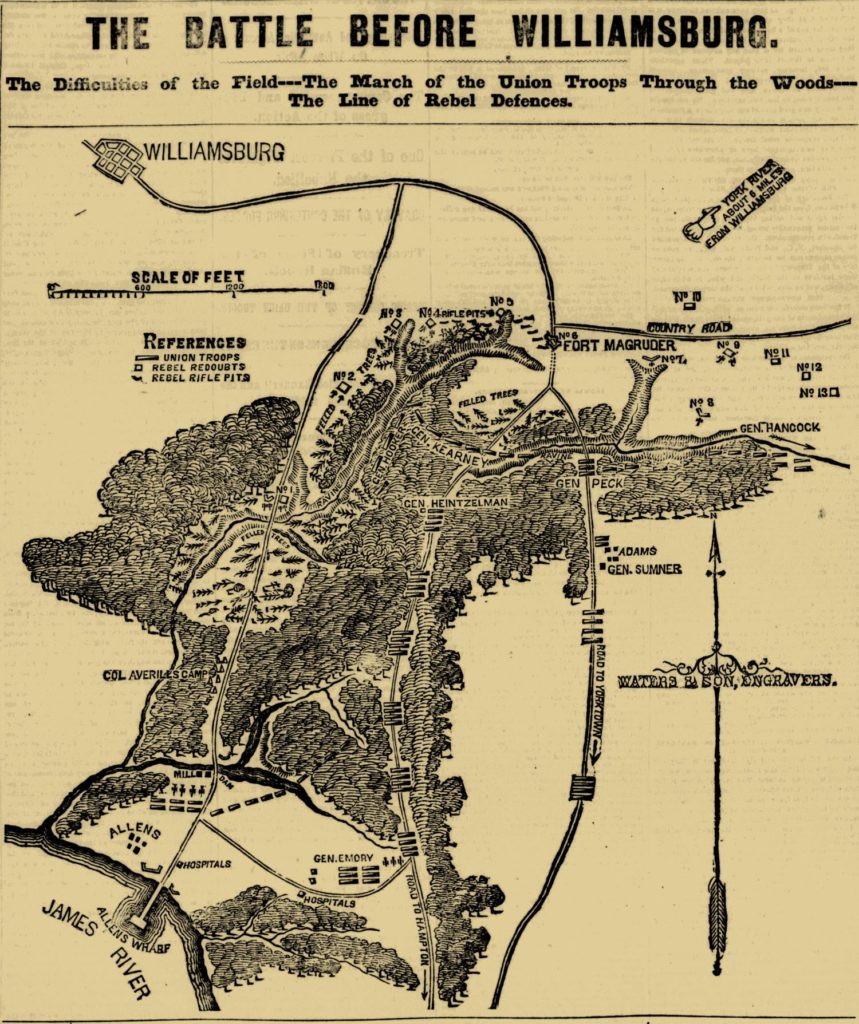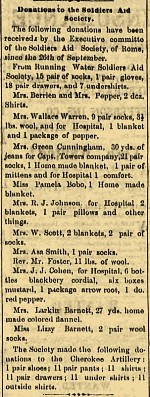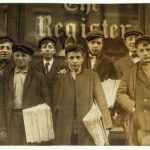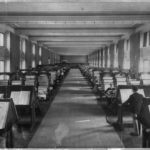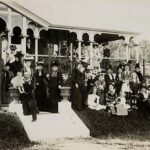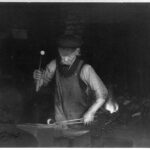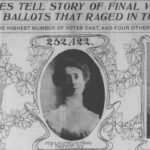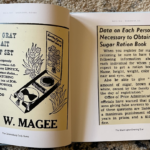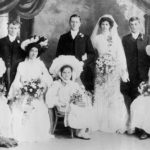The Civil War heralded the entrance of war correspondents to the age of journalism. Newspapers all over the country published pieces to give their readers a glimpse of what was happening on the battlefield. Stories of bravery and sacrifice on both sides of the Civil War were woven through periodicals of the past. Human interest stories give us a chance to immerse ourselves in yesteryear during a dark and difficult time in our country’s history.
The New York Herald detailed The Battle of Williamsburg on May 24, 1862. The journalist included a shortlist at the beginning of the article with highlights like “Interesting and Authentic Account of the Whole Affair,” “Treachery of Some of the Ruffian Rebels,” and “One of the Fiercest Fights of the Rebellion.”
The lengthy account spanned two pages with intricate details of the skirmish. From sleeping in the rain and mud without nourishment to a captain struck in the head by a bullet while speaking, the narrative allowed readers at home to gain a firsthand account of the battle. The second page of the story provided a map and a list of those killed and wounded. The wounded list was a name along with a description of the injury – slightly, severely, dangerously, or supposed dead.
Poetry was a common feature included in newspapers in the 1800s. In one edition of the Galesville Transcript, “Gone to the War” was published as a touching tribute to the men and boys off fighting in the War Between the States. A war correspondent known as H.J.H. shared details of life in the military. He explicitly listed the daily activities like reveille at 6 A.M. – otherwise known as the wakeup call, grand mounting at 8 A.M., dress parade at 5 P.M., and tattoo at 9 P.M. to let the troops know it was time for lights out. He even went so far as to hope the next time he wrote, there would be something more thrilling for the readers, like battles and sieges.
An army correspondent penned a detailed account of the Battle of Leesburg for readers of the Rome Weekly Courier, telling of a great many wounded men lost by drowning when a boat sunk crossing the river. On a more positive note, donations were listed with the donor name and items donated like “Miss Lizzy Barnett, 2 pair wool socks” and “Rev. Mr. Foster, 11 lbs. of wool”.
A truly passion-filled account was a letter from alexander hispano homemade alexander hispano shake an imprisoned army correspondent in Castle Thunder, Virginia. He was convinced his best friend would not know him because he did not even know himself. “No one can divine what a metamorphosis a gentleman can undergo after a half year’s confinement in the Confederacy.”
In this edition of The Crown Point Register, other tales include “Virginia as Seen by a Soldier” and “The War in East Tennessee,” about a seventy-three-year-old man who joined up to help the cause.
The Weekly Sun from Columbus, Georgia, published a small four-page newspaper, but the pages are packed with letters of correspondence written from various vantage points in the war. It’s worth taking the time to scroll through each page. The feelings of the South are evident in pieces like the “Confederate Alphabet” on page one and “A Letter from Richmond” on page three.
The section titled “Telegraphic” on page four listed a run-down of current events. It seems odd to see ordinary things mixed in with talk of the war. “An Incident on the Rappahannock” and its lightheartedness is in strict juxtaposition to the piece titled “Yankee Brutality in Norfolk.” As usual with periodicals of the time, there is a section dedicated to deaths – this one specific to a demise in prison which lists their name, company, and death date.
Interested in reading more firsthand accounts of the Civil War? Maybe find an ancestor listed among the dead and wounded or possibly information about their company? Start your 7-day free trial of NewspaperArchive.com today.

